With a rich forest ecosystem, beekeeping for honey is strongly developed in Mu Cang Chai district. Photo: Thanh Tien.
Protect the bee colony's "home"
With a terrain characteristic of over 1,000 meters above sea level, cool climate all year round, rich forest ecosystem, abundant natural flower sources from tree species such as cardamom, hawthorn, peach, plum, blong song (five-leaf aralia) ..., Mu Cang Chai district ( Yen Bai province) possesses ideal conditions to develop green and sustainable honey beekeeping.
The people here are mainly Mong ethnic people, who have long been attached to beekeeping in the traditional way, close to nature. The special thing is that the beekeeping method is almost completely natural, without using antibiotics or chemicals, helping to preserve the original flavor and ensuring safety for consumers.
According to many scientific studies, wild honey often contains many vitamins, minerals and antioxidants, bringing many health benefits. Honey is used in many fields such as food, pharmaceuticals and beauty care.
Nowadays, beekeeping is gradually asserting its position as an effective economic development direction, bringing stable income to many households. Mr. Giang A Phenh in Dao Xa village, Kim Noi commune (Mu Cang Chai district) currently has more than 60 bee colonies, harvesting 3 times a year, yielding about 700kg of honey. With stable selling prices, his family earns more than 80 million VND/year.
Mr. Giang A Phenh's family in Dao Xa village, Kim Noi commune (Mu Cang Chai district) has a good income from beekeeping. Photo: Thanh Tien.
“Beekeeping is a light profession, not requiring much initial investment. The most important thing is to preserve and protect the forest well so that the bees can develop, and the honey is fragrant and of good quality. Wild honey has a natural, strong and sweet aroma because the bees collect nectar from many different flowers, without the characteristic scent of any particular flower. Meanwhile, farmed honey often has a lighter aroma, sometimes a slightly sour taste because the bees collect nectar from a certain flower. Wild honey has a sweet taste and often causes a dry throat when swallowed, while farmed honey only has a sweet taste but does not cause a dry throat,” Mr. Phenh shared.
Mr. Phenh’s story is also the common thought of many beekeeping households in Mu Cang Chai. They clearly realize that protecting the forest means protecting the “home” of the bees, protecting the source of life and sustainable livelihood of their own families.
In recent years, the Mu Cang Chai district government has actively promoted and supported bee breeds, provided training on techniques for raising, caring for and harvesting honey. Thanks to this, many households have shifted from spontaneous, small-scale beekeeping to targeted beekeeping, applying science and technology to help improve productivity and honey quality.
The source of honey for bees is entirely from natural forests. Photo: Thanh Tien.
According to the Department of Agriculture and Environment of Mu Cang Chai district, the district currently has about 6,500 bee colonies, mainly concentrated in communes with large forest areas and rich flower sources such as Khao Mang, Nam Khat, La Pan Tan, De Xu Phinh. The average annual honey output is from 65 to 80 tons. Not only stopping at pure honey, people are also creative and exploiting other value-added products such as beeswax, pollen, beeswax-infused wine. These diverse products, imbued with the flavor of the mountains and forests, have brought in tens of billions of VND in revenue each year for beekeeping households in the area.
Mr. Ha Hung Cuong, a customer in Yen Bai city, said that he often orders Mu Cang Chai honey because of its unique flavor, light aroma, and sweet taste. Most importantly, the product is completely natural, without impurities, so he can feel secure when using it for the whole family.
Beekeeping combined with ecotourism
According to Mr. Luong Van Thu, Head of the Department of Agriculture and Environment of Mu Cang Chai district, with the abundance of hundreds of wild flowers blooming all four seasons, it is a suitable condition for bee colonies to develop. Thanks to the combination of many different flowers, the bee colonies here have refined delicious, golden, thick honey with a natural sweet and cool aroma and taste.
Mu Cang Chai district continues to encourage and support people to develop honey beekeeping combined with forest protection. Photo: Thanh Tien.
Usually in the last months of winter, Blong song flowers and wild peach flowers compete to bloom. After Lunar New Year, hawthorn flowers, cardamom and other wild flowers begin to bloom together, so all year round Mu Cang Chai district provides a very abundant source of flowers for bees to make honey. Thanks to its purity, natural sweetness and inherent characteristics of honey, Mu Cang Chai honey is favored by the market and is becoming a famous brand that many customers, especially tourists, love to buy for use and as gifts.
In December 2020, Mu Cang Chai honey products were granted a geographical indication certificate by the National Office of Intellectual Property, affirming the quality, characteristics and unique value, associated with natural conditions and traditional production methods. In addition, Nam Khat wild flower honey has achieved 3-star OCOP standards. These are important steps to create momentum for the product to expand production, increase competitiveness and move towards more potential markets, including export.
Mu Cang Chai honey products are of interest to many customers. Photo: Thanh Tien.
Another bright spot is that beekeeping in Mu Cang Chai is gradually being combined with eco-tourism development. Many households have boldly built experiential tourism models, allowing tourists to visit beehives, hand-crank honey and enjoy drops of fresh honey right in the forest. These simple but attractive experiences not only generate significant additional income but also contribute to effectively promoting honey products, indigenous culture and enhancing the overall value of highland agricultural products.
In order for the beekeeping profession to develop more stably and sustainably, it is extremely necessary to continue investing in science and technology, diversifying products and building brands associated with community tourism. However, the key and vital factor is still the awareness of forest protection of the whole community. Because, when the forest is still green, bees are still flying and honey is still flowing, beekeeping in Mu Cang Chai will always be "sweet honey", contributing to the journey of economic development, improving the lives of people in this majestic mountain area.
Source: https://nongsanviet.nongnghiep.vn/mat-ong-mu-cang-chai-ngot-thom-huong-vi-hoa-rung-d752247.html


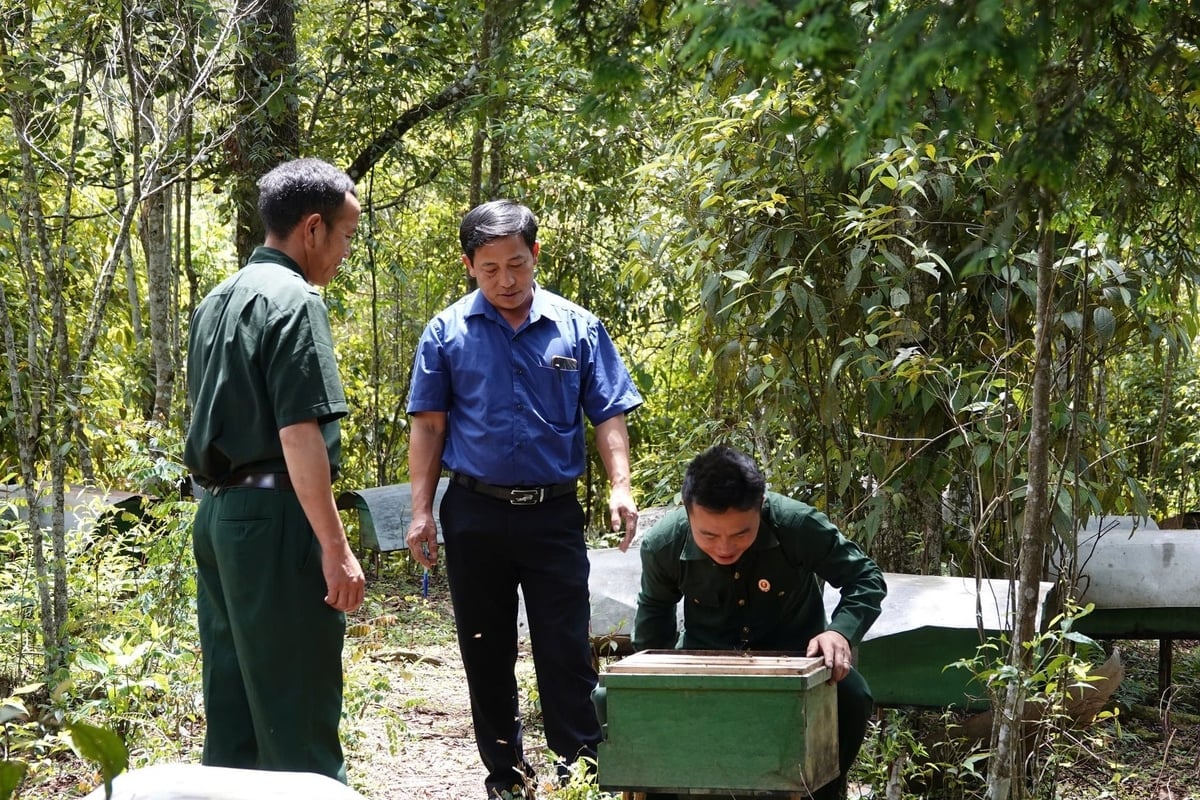
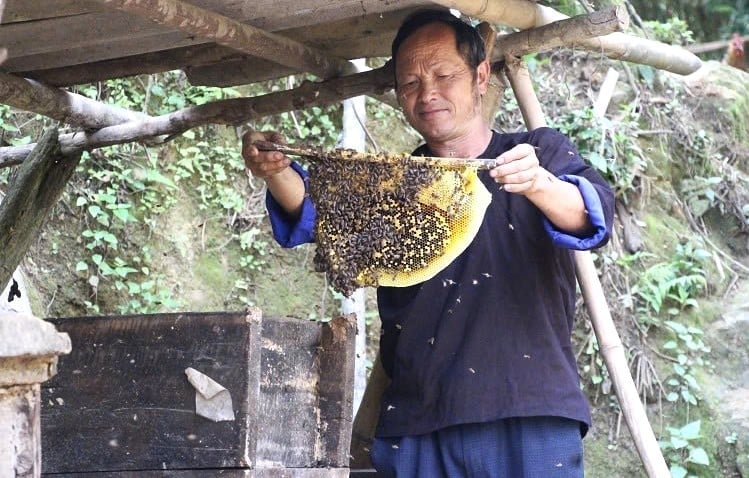
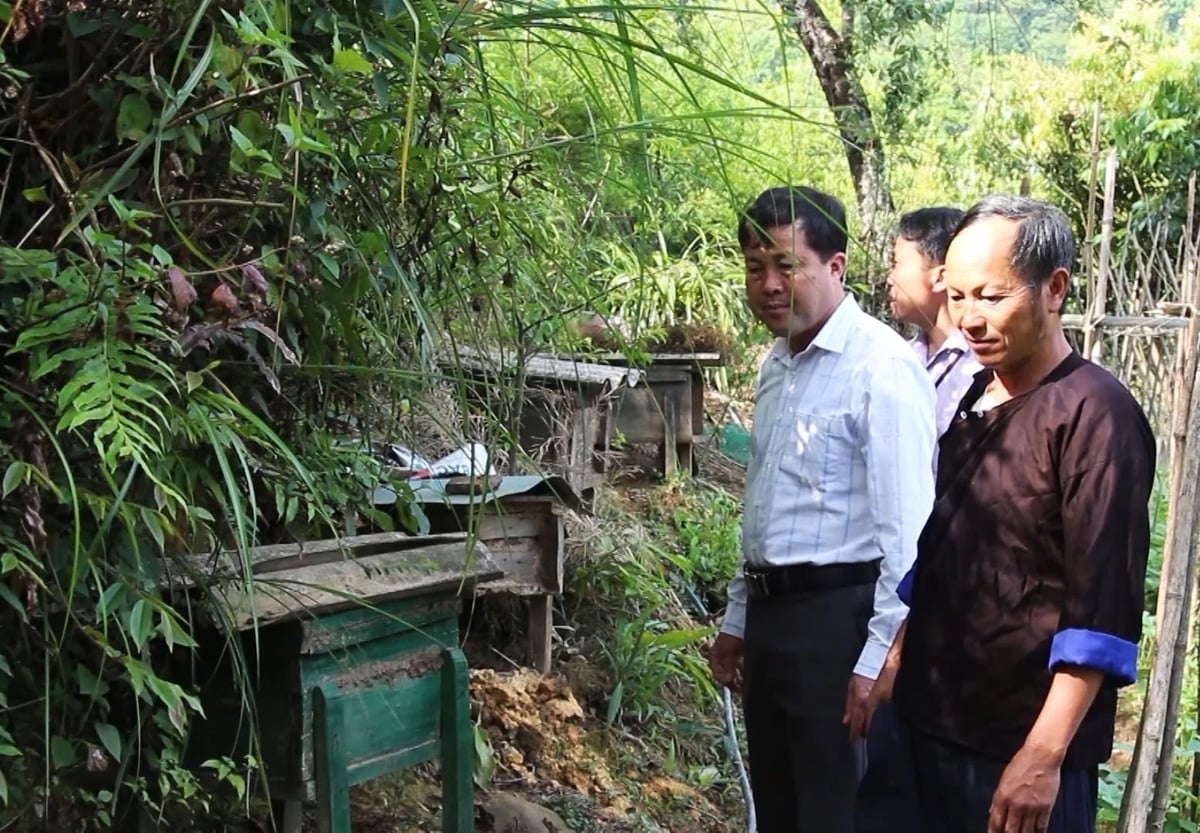
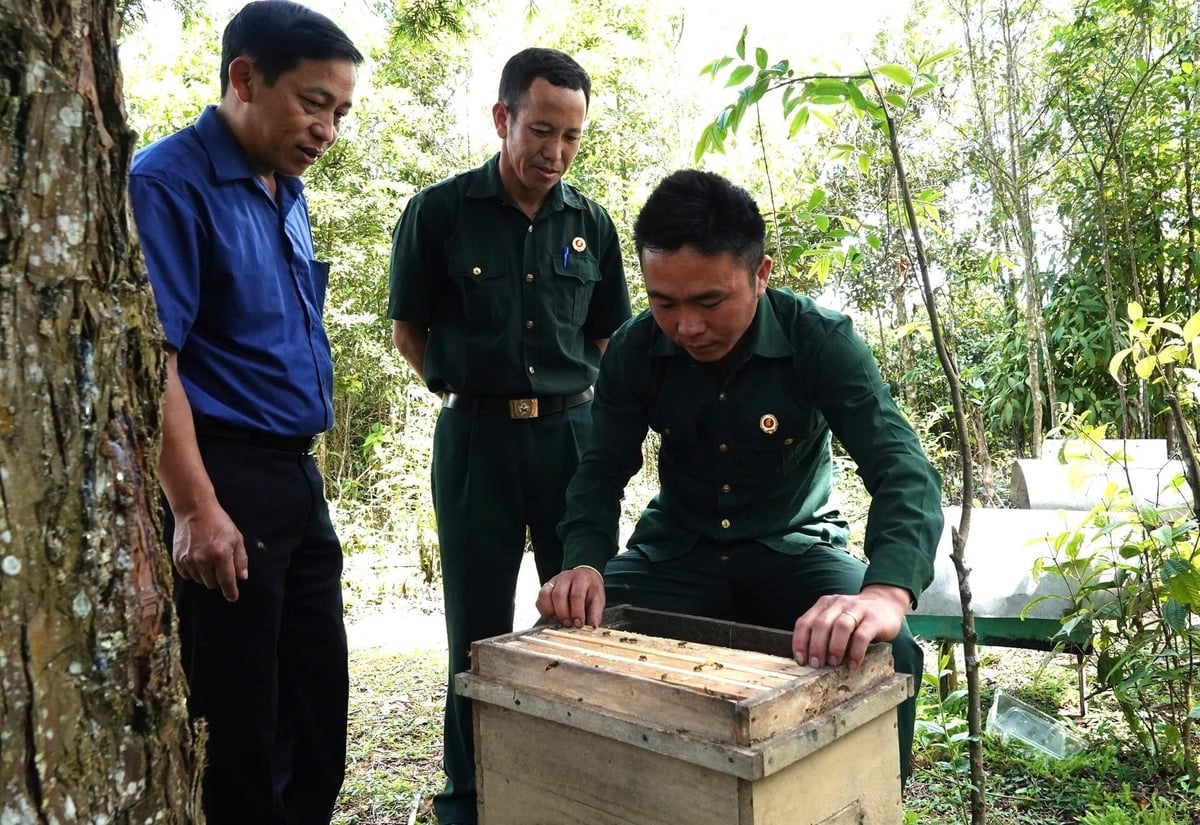
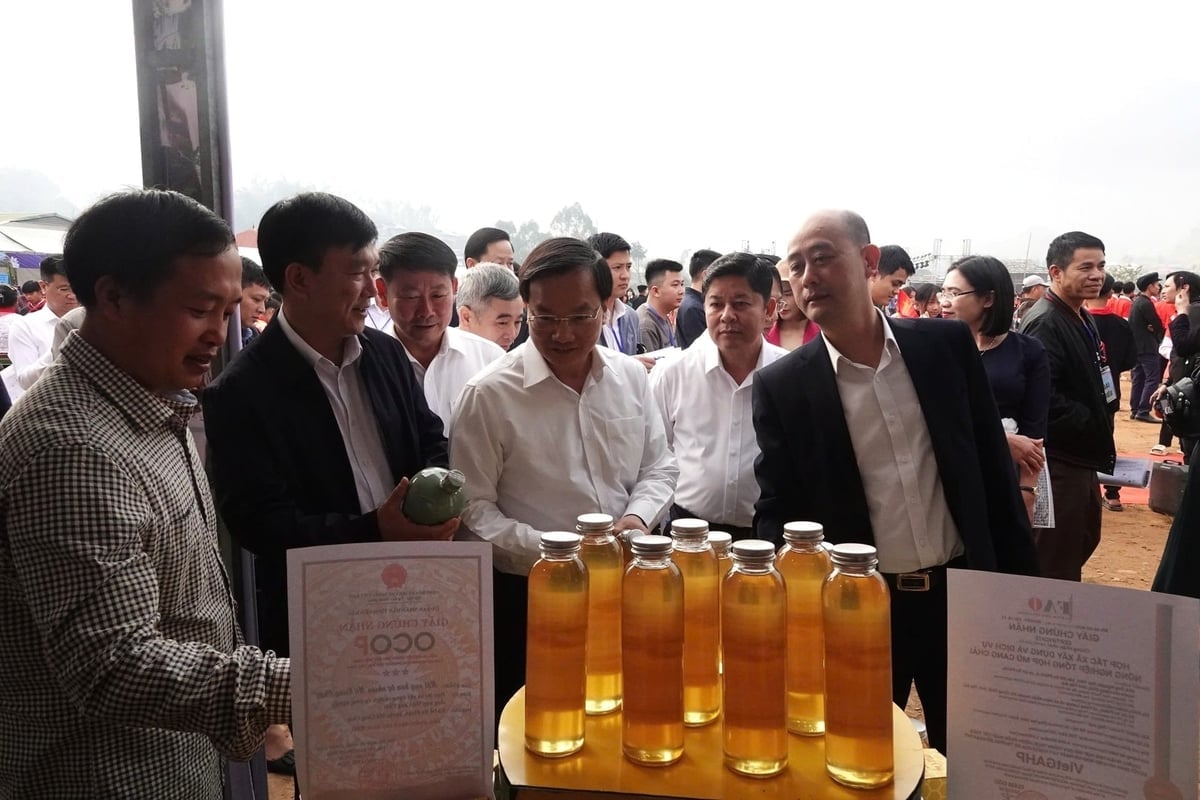
![[Photo] 60th Anniversary of the Founding of the Vietnam Association of Photographic Artists](/_next/image?url=https%3A%2F%2Fvphoto.vietnam.vn%2Fthumb%2F1200x675%2Fvietnam%2Fresource%2FIMAGE%2F2025%2F12%2F05%2F1764935864512_a1-bnd-0841-9740-jpg.webp&w=3840&q=75)




![[Photo] Cat Ba - Green island paradise](/_next/image?url=https%3A%2F%2Fvphoto.vietnam.vn%2Fthumb%2F1200x675%2Fvietnam%2Fresource%2FIMAGE%2F2025%2F12%2F04%2F1764821844074_ndo_br_1-dcbthienduongxanh638-jpg.webp&w=3840&q=75)
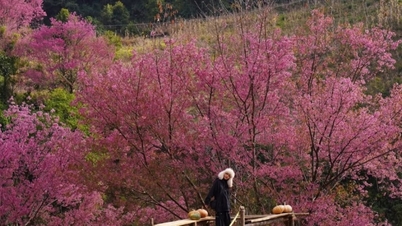

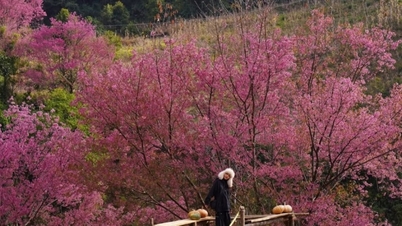

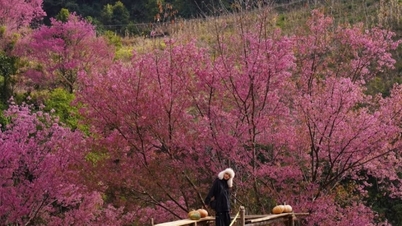

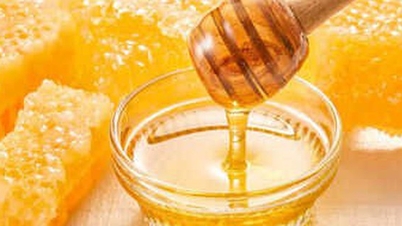

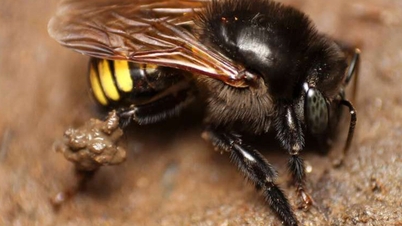

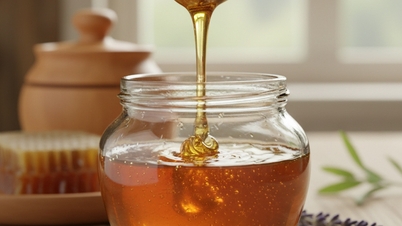






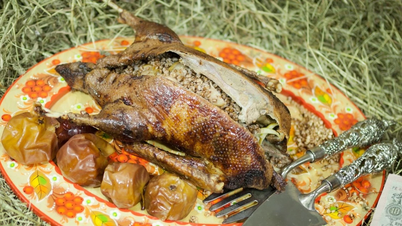

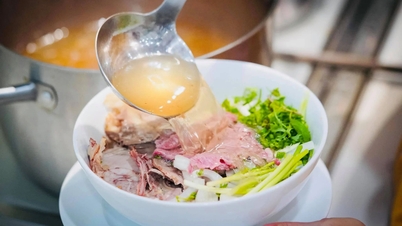
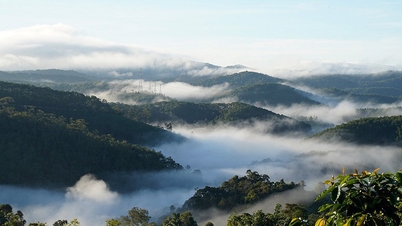




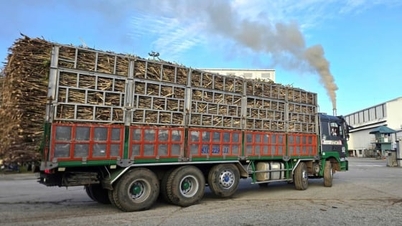
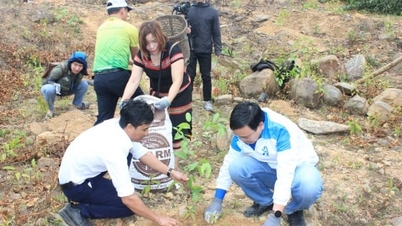
![Varieties Revolution: [Part 2] Tissue-cultured bananas overcome challenges](https://vphoto.vietnam.vn/thumb/402x226/vietnam/resource/IMAGE/2025/12/04/1764821852127_3654-102650723_2939528996132898_3129898509587505636_n-1-nongnghiep-113643.jpeg)
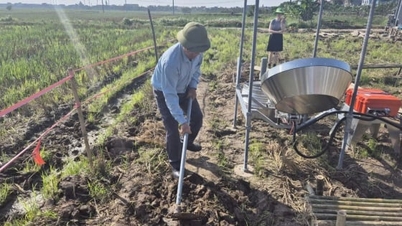
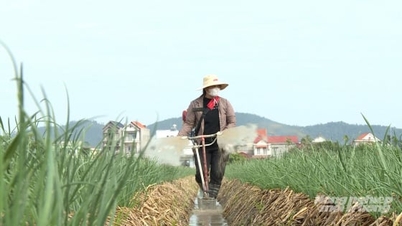
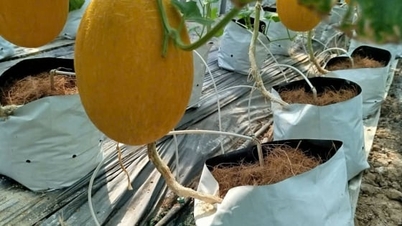


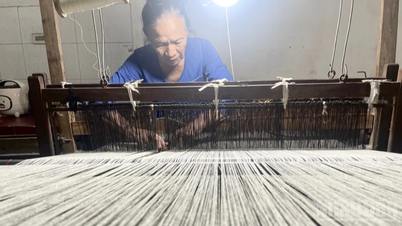

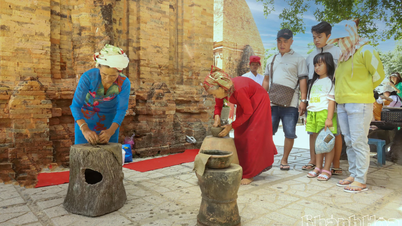












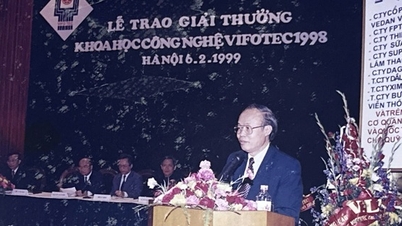

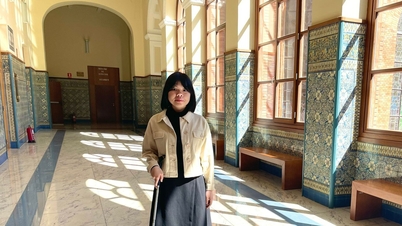
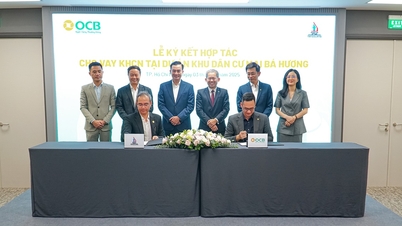

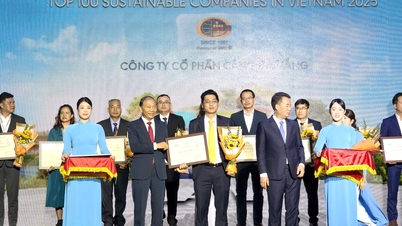



















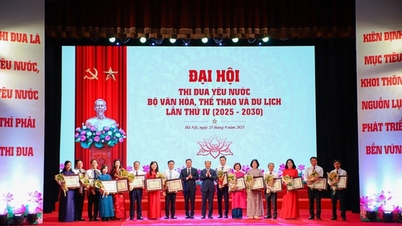



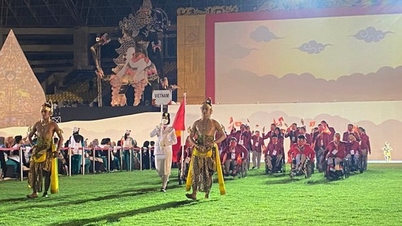
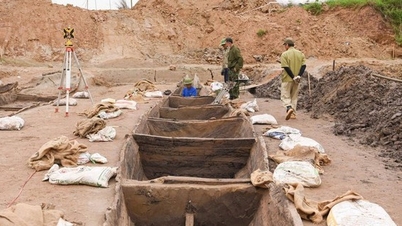








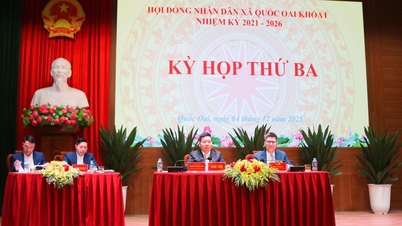
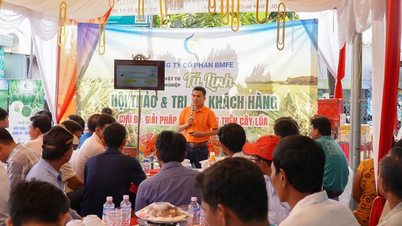
















Comment (0)